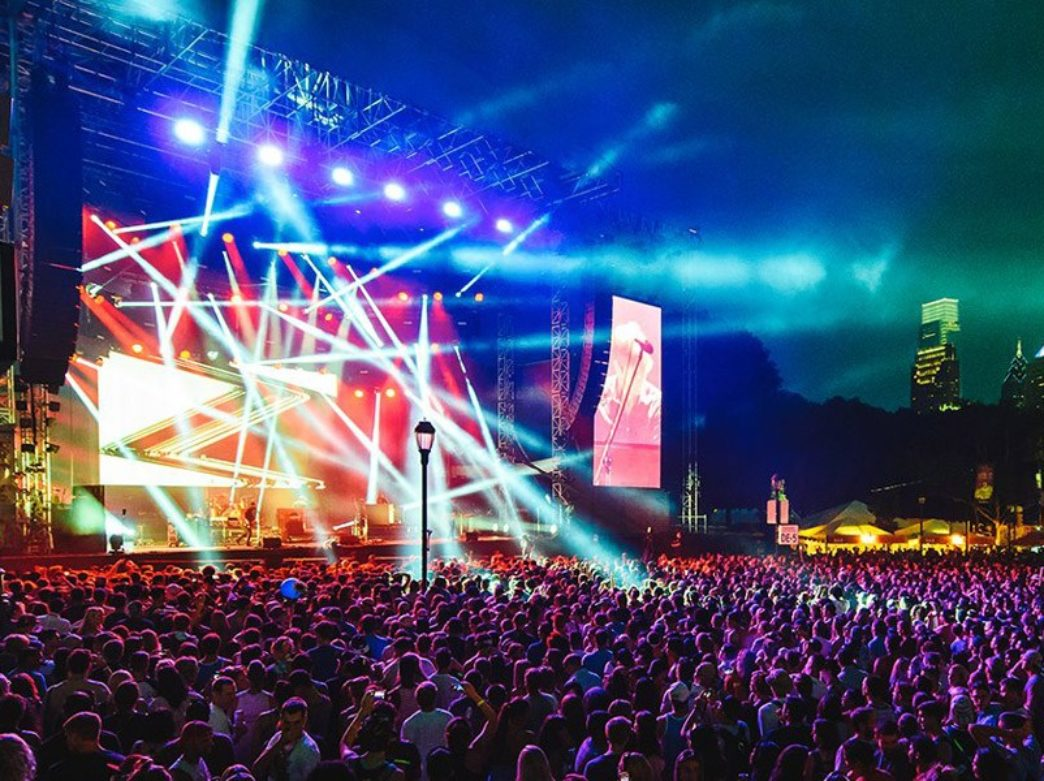5 Lessons In Light Patrick Dierson
Posted on July 1, 2025This widely acclaimed, award-winning lighting designer has brough an impressive blend of versatility, showmanship, and experience to a stunningly wide range of projects for decades. With a résumé that includes touring artists like Lady Gaga and Jay-Z, as well as festival stages, such as Ultra, corporate clients like Dell Technologies, and even the White House, Dierson’s perspective is as expansive as his design vocabulary. In this column, the founder of The Activity shares his hard-won insights from the frontlines of modern production design.
Light Is a Narrative Tool—Treat It That Way
“You’re not just pushing buttons or aiming fixtures. You’re telling a story.” Whether it’s a television special or an arena tour, lighting must support the narrative. That narrative could be the emotional arc of a ballad or the kinetic rhythm of a dance break. Too often, designers fall into the trap of chasing aesthetics, but when you use light to enhance the story—through color, movement, or restraint—it resonates deeper with audiences. So much of pop culture events are laden with over-the-top kinetic energy that it’s easy to let the art get lost in the chaos. Find the moments to bring subtlety to the design and place your lighting in such a way that it helps create true storytelling drama when needed.”
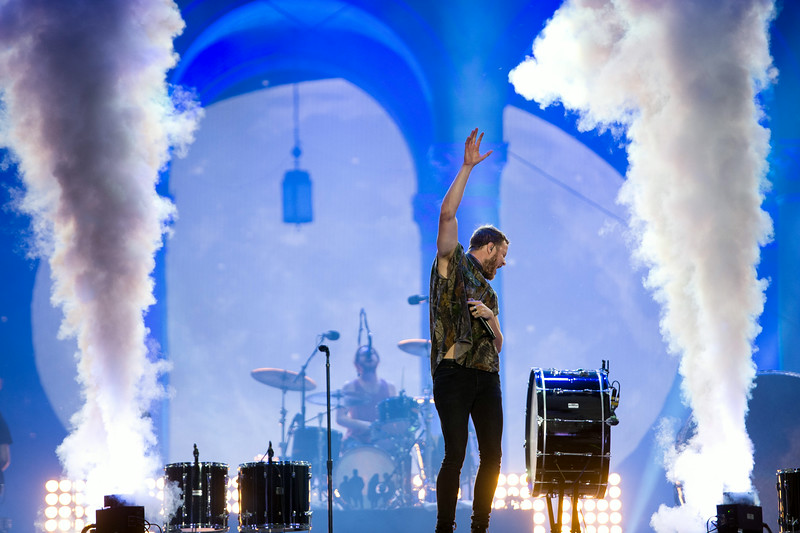
Leave Room for the Unexpected
“The best moments in live shows are the ones you didn’t plan for. As a designer who frequently works with live broadcast and improvised performances, I stress the importance of flexibility. You can have the best cue stack in the world, but if an artist jumps off the riser and you’re not ready for it, you miss magic. My approach: build in moments where spontaneity is welcome and prepare your system to react. Be ready to light the crowd all the way to the cheap seats. Have a handle to light up that barricade pit when your artist wants to jump down and touch the first row. Maybe even have one that illuminates the FOH control position in case you’re lucky enough to get a mention of thanks from an artist on stage. That becomes an important part of the overall show and being seen giving your boss a wave of thanks back allows the audience a window into how the magic is made…even if the artist is just thanking those pony-tailed audio guys and not you. We make moments here. Be ready to do the job in an instant instead of scrambling to find the right lights. By the time you do the latter…moment over. But I speak from experience when I say that when you’re prepared for the unexpected, you’re going to get hired over and over again because the client sees that they can trust you to be a partner in spontaneous expression.”
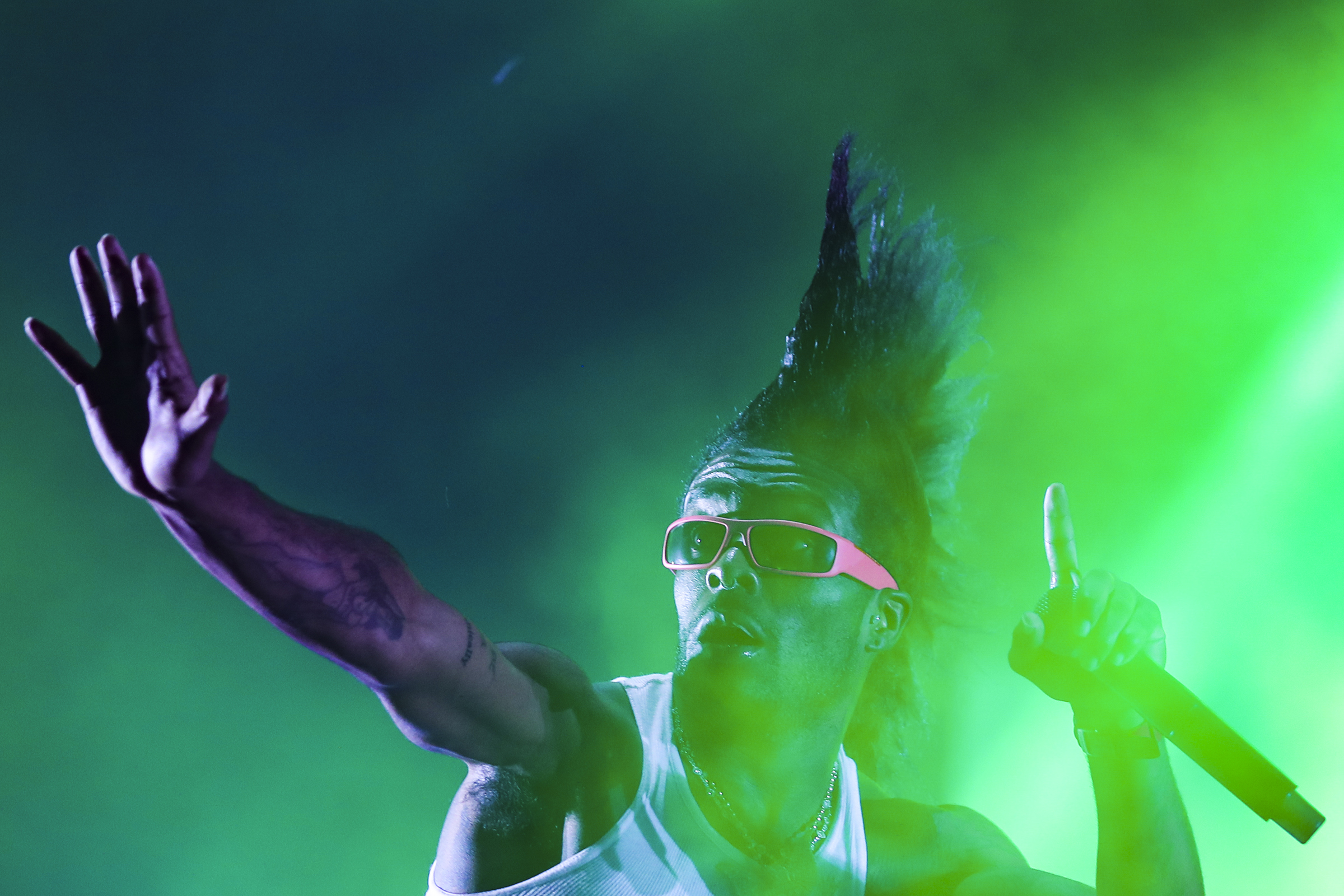
Previsualization Is the Designer’s Sketchpad
“Previs isn’t just prep—it’s where the real exploration happens. Long before load-in, Dierson uses previsualization as a sandbox for experimentation. “t’s where you discover moments, and when you’re on a tight schedule—which we usually are—you can’t afford to be discovering those things on site. Tools like WYSIWYG or Depence become critical not just for programming, but for creative ideation and ultimately finalizing your design. I will often utilize pre-visualization software DURING the design process to see what’s truly working and what isn’t. This value engineers the design and greatly reduces the number of changes that need to be made onsite. Our clients often express that we make it look fast and easy but the fact of the matter is that we’ve done most of our process of discovery in previsualization instead of going through that journey onsite. Trust me when I say that it costs your client a lot less expenditure that way and you will usually be shown appreciation for respecting that.”
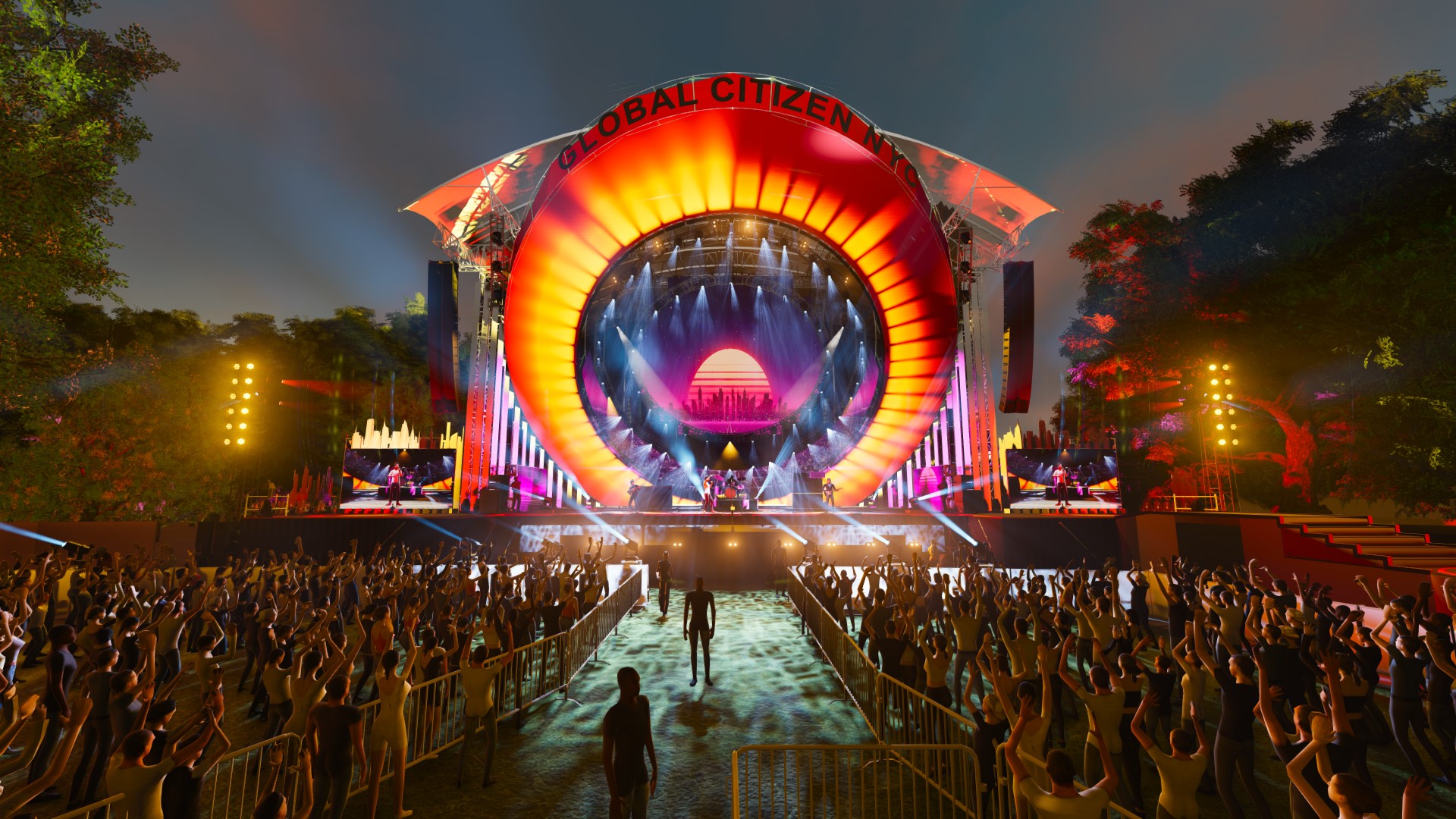
Team Chemistry Is as Important as the Design
“No lighting design happens in a vacuum. Respect your crew.Whether it’s the programmers, electricians, production managers or vendor reps, human dynamics often determine a show’s success more than any gear spec. Unless you intend to load, rig, hang, stage, program, direct, call, and load out everything by yourself, lose the ego and start recognizing that you’re only as good as the team around you. In the infancy of my career, I was such an egotist. It’s one of the many things that I wish I could go back and change about my younger self. But recognizing it later in my career enabled me to be able to change direction for the better and grow my leadership skills in the process.
“As a Designer, you should know how to be a leader for your team and crew and that means taking the accountability for not just yourself but for those that you have hired to represent your work. One of my favorite authors, Simon Sinek writes ‘Leaders are the ones who are willing to give up something of their own for us. Their time, their energy, their money, maybe even the food off their plate. When it matters, leaders choose to eat last.’ Be clear, be respectful, be present for those around you, and understand that leadership is more than just making decisions; it’s leading by example so your crew knows that you have their back and will make the sometimes difficult and uncomfortable decisions so that they remain protected to do their job to the best of their abilities.”
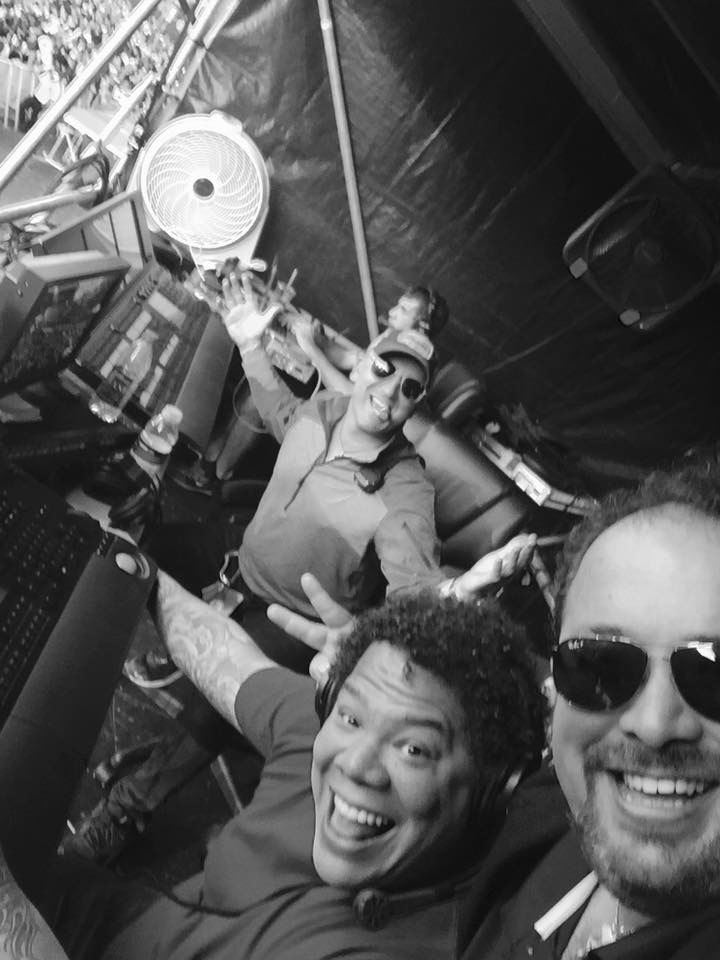
Technology Should Serve the Design—Not the Other Way Around
“I love toys, but the toys aren’t the show. I have worked with every flavor of fixture on the market. Still, I emphasize that lighting design isn’t about having the most tech; it’s about using the right tools for the job. You can have 800 moving lights up there, but if they’re not placed with purpose, you’re just lighting the air. That’s not to say that technology isn’t important. It’s imperative that you stay current with technology to be viable and relevant in this industry. In fact, about seventy percent of what you are reading here was created via ChatGPT. The caveat is that you still need to put in the incredibly hard work it takes to succeed. The AI model would not be able to re-create my viewpoints with stunning accuracy without being able to collate decades of written information about my work within this industry. In the end, there are simply no shortcuts BEFORE you do the hard work so don’t think that technology is going to save you. Be prepared to dig in.”
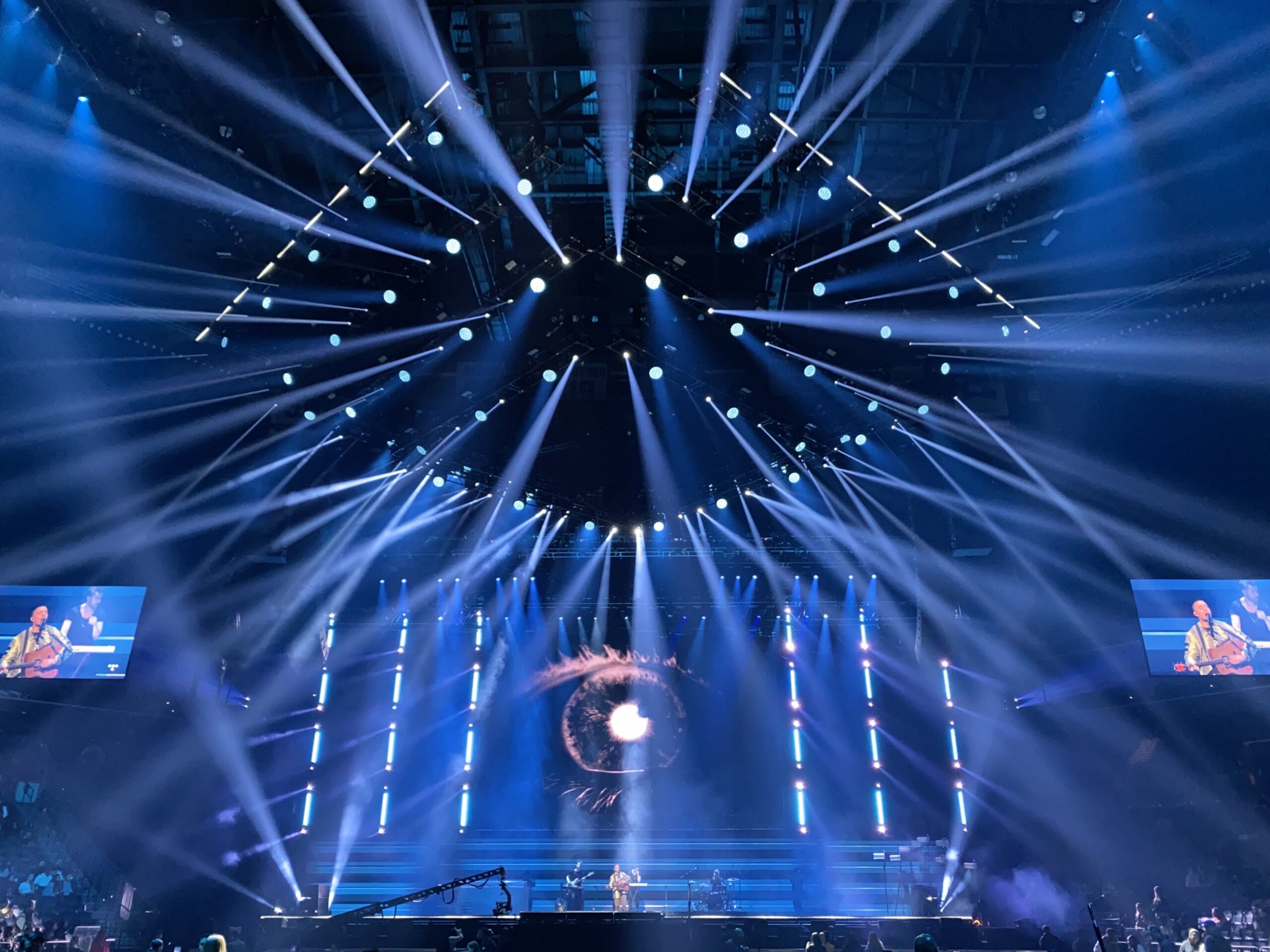
In Patrick Dierson’s world, lighting design is part discipline, part jazz improvisation. “We’re painting with light,” he says, “but we’re also choreographing energy, creating mood, and building memories that attendees will talk about for decades to come. Give ‘em what they paid for.”
